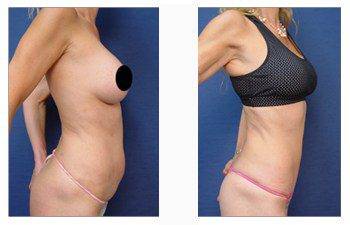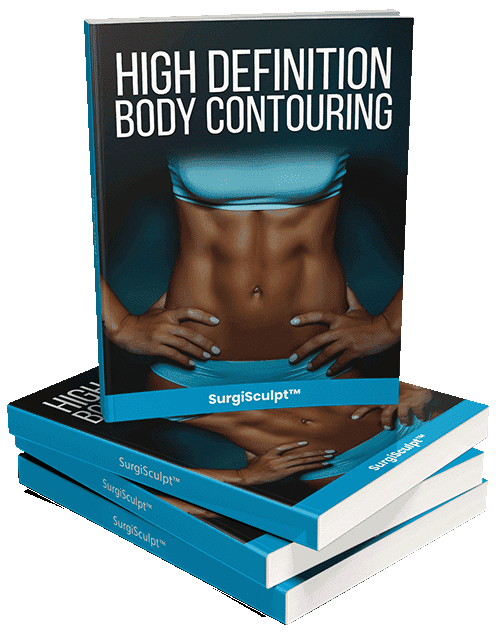

This is a 65-year-old female after a tummy tuck
To minimize scarring after abdominal surgery, one must ensure minimal tension at the incision line. A scar is a fibrous tissue replacing the normal skin and the body’s natural way of repairing the skin after an injury. Tension is one of the main reasons for excessive scarring.
When performing abdominoplasty, or tummy tuck, it is imperative to remove the redundant skin maximally but not overdo it to avoid unnecessary tension. Different actions are taken to minimize abdomen tension and incision line scarring.
Minimizing Abdominal Incision Line Scarring Procedure
During the closure of an abdominal incision, a multi-layer closure is performed. The fascia is closed first with a 2-0 PDS suture. PDS is the longest-lasting synthetic absorbable monofilament suture made from polyester, which is great for approximating soft tissues.
After the fascia is closed, two layers of skin are closed using deep, simple interrupted sutures and a running subcutaneous suture, both using 3-0 PDS. If a patient has greater tension, a ZipLine closure can be utilized. After deeper, tension-reducing sutures are inserted, a ZipLine closure is placed in the center of the abdominal incision where the point of maximal tension is located.
The ZipLine closure replaces exterior sutures and staples, minimizing abdominal incision line scarring. With traditional exterior sutures and staples, «hash marks» can be left behind, causing an ugly noticeable scar.
With the ZipLine closure adhesive strips, zip ties are applied on either side of the incision line. The zip ties are inserted in the closure groove, lying over the top of the incision, eliminating the «hash mark» scar and reducing overall tension.
Immediately after surgery, during the postoperative period, customized compression garments and foam inlays are used to minimize swelling and reduce further tension on the incision line, reducing the potential for scarring.
Excess swelling creates further tension on the incision line, pulling the incision line apart, and creating wider, more noticeable scars. It is imperative to minimize swelling. In addition to compression garments, a Medrol dosepak is given to patients to decrease inflammation and thus decrease incision scarring.
At the two to four weeks postoperative period, the ZipLine closure is removed, and steri-strips are placed over the incision line. The steri-strips replace external sutures, allowing for additional strength and support while minimizing incision line scarring without the hash marks of external sutures.
At postoperative months one to two, steri-strips are removed, and silicone sheets by Silagen are used for scar management for approximately one month. After one month, topical silicone gel can be used for up to six months if needed.
In the interim, after the patient is two months postoperative, intense pulsed light (IPL) can be used for any remaining hyperpigmentation at the incision line. The IPL is a light therapy absorbed by hyperpigmentation and used as heat to diminish unwanted pigment. We take many steps after an abdominal procedure to minimize incision line scarring.
Schedule your complimentary consultation today with a SurgiSculpt, a board-certified surgeon specializing in body contouring.

